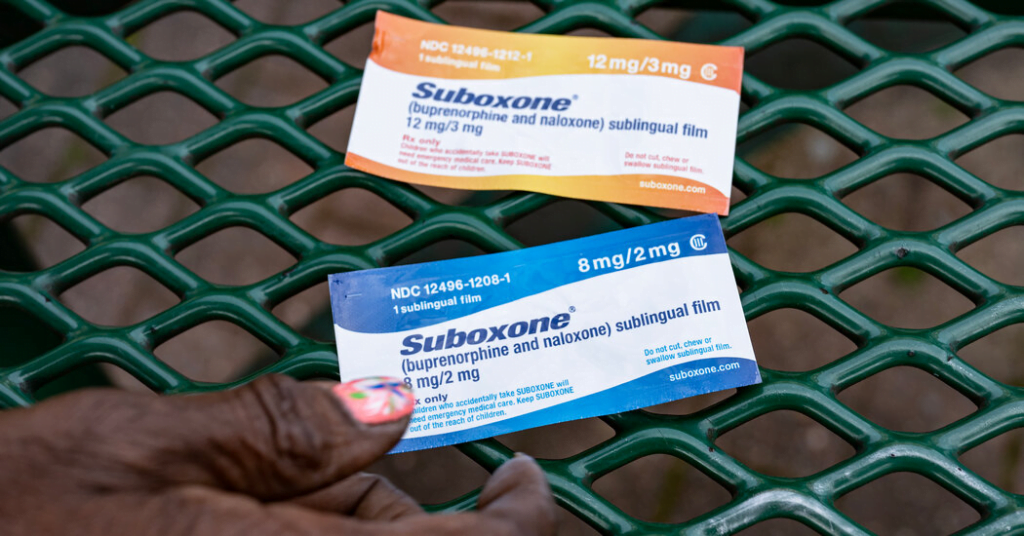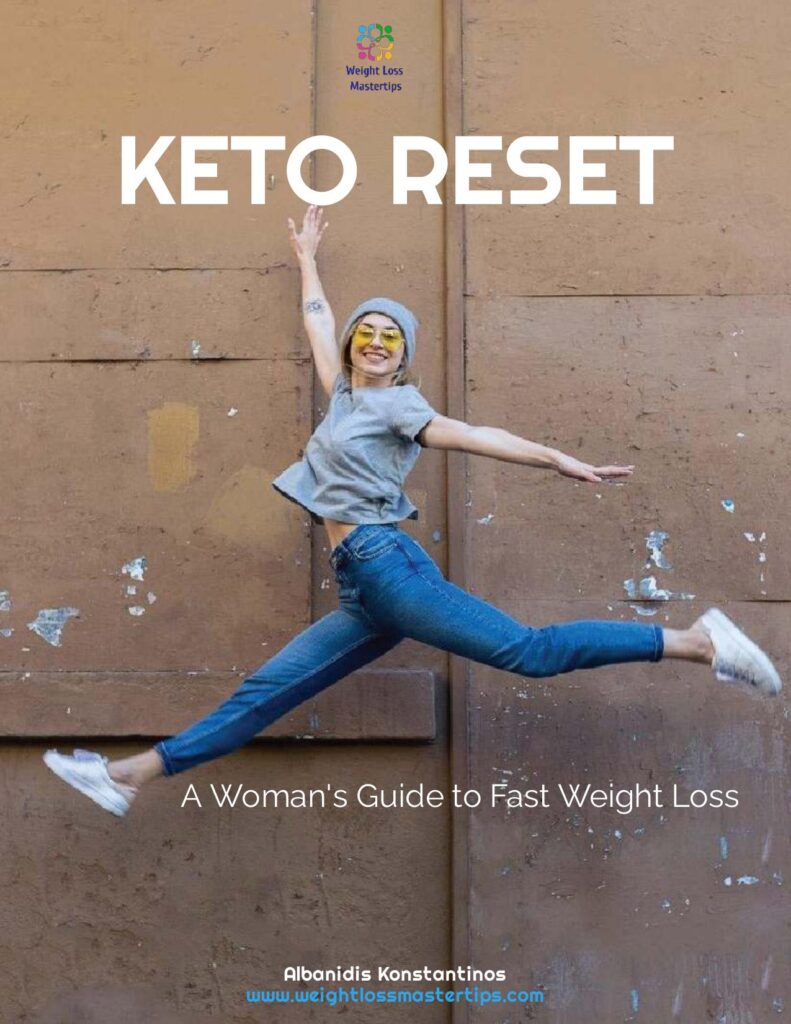Greater than half 1,000,000 Medicaid recipients recognized with opioid use dysfunction didn’t obtain medicine to deal with it in 2021, in keeping with a new report launched Friday by the inspector basic of the Division of Well being and Human Providers.
The report, which examined the usage of habit remedies that the majority Medicaid packages are actually required to cowl, additionally discovered main disparities in medicine charges throughout states, ages and racial teams. It stated the Facilities for Medicare & Medicaid Providers, an company of the Well being and Human Providers Division, ought to work to shut the gaps.
“Medicaid is uniquely positioned to attain these objectives on condition that this system is estimated to cowl nearly 40 p.c of nonelderly adults with opioid use dysfunction,” the report stated.
The half-million individuals who didn’t obtain remedy amounted to about one-third of all Medicaid recipients with opioid use dysfunction. The authors of the report expressed concern that, when a five-year mandatory coverage period issued by the federal authorities ends in September 2025, some states may once more begin proscribing entry.
Dr. Bradley Stein, the director of the RAND Opioid Coverage Middle and a senior doctor coverage researcher on the RAND Company, who was not concerned within the report, stated he had anticipated even decrease total remedy charges. Nonetheless, he stated, for sure teams, “issues usually are not the place they have to be, and I’m asking: Are the successes issues we’re going to have the ability to maintain or not?”
Greater than 80,000 folks died from opioid overdoses in 2021 — about 17 p.c greater than the prior 12 months. Analysis exhibits that medicines together with methadone, buprenorphine and naltrexone are efficient in blunting cravings, and can assist forestall deaths.
However folks searching for medicine remedy usually wrestle to search out suppliers keen to prescribe the medicines — they usually usually face stigma surrounding their use. Some sufferers may also be unaware that they’ll get hold of remedy below Medicaid, since state Medicaid packages weren’t required to cowl the remedies till October 2020.
Investigators used enrollment, eligibility and declare information to know the extent to which individuals with opioid use dysfunction acquired medicine.
The speed of medicine uptake diversified broadly throughout states, from lower than 40 p.c of Medicaid sufferers with the dysfunction in Illinois and Mississippi to nearly 90 p.c in Rhode Island and Vermont. Medicaid growth in some states more than likely performs a task, stated Dr. Stein, in addition to “super variation” in state insurance policies across the provision of medicine, similar to reimbursement for telehealth bills and the flexibility of nurse practitioners and doctor assistants to independently prescribe.
In 10 states, together with New York and Texas, greater than half of Medicaid enrollees with opioid use dysfunction didn’t obtain any medicine — sufficient folks to account for 1 / 4 of all Medicaid sufferers with the dysfunction throughout the nation.
Solely 15 states saved complete information on individuals’ race and ethnicity. However amongst them, officers discovered that greater than 70 p.c of white sufferers with opioid use dysfunction acquired medicine, in comparison with about 53 p.c of Black sufferers — a worrisome inequity, they stated, contemplating that overdose deaths have elevated extra dramatically amongst Black folks.
The younger and the outdated are additionally at a drawback: For Medicaid enrollees below age 19, solely about 11 p.c of these with the dysfunction acquired medicine remedy, in contrast with 70 p.c amongst these 19 to 44. (Research has shown that pediatric remedy packages that contain medicine are sparse.) Lower than half of Medicaid sufferers 65 and older with the dysfunction used the remedy.
The inspector basic’s workplace outlined particular steps for the Facilities for Medicare & Medicaid Providers to take to encourage states to cut back boundaries and attain marginalized teams, together with making a social media marketing campaign and truth sheets to disseminate info.
For Dr. Ayana Jordan, an affiliate professor of psychiatry at N.Y.U. Grossman College of Medication, who research race and habit, the suggestions have been “infuriating” as a result of they failed to incorporate coverage strikes, like giving incentives to well being care suppliers to work in settings which have few prescribers, partnering with church buildings and different neighborhood organizations, or coping with medicine shortages in pharmacies that serve communities of coloration.
“They ‘encourage, encourage, encourage’ motion — what does that imply? Nothing. It isn’t sufficient,” she stated. “How can the federal authorities be concerned in truly holding states accountable?”
Dr. Jordan, who treats largely Medicaid sufferers in marginalized teams, stated she “is bored with seeing so lots of them die.”
“I’m over it,” she stated. “There’s intense sorrow in making an attempt to deal with a disaster if you end up very a lot handicapped by an absence of laws.”









